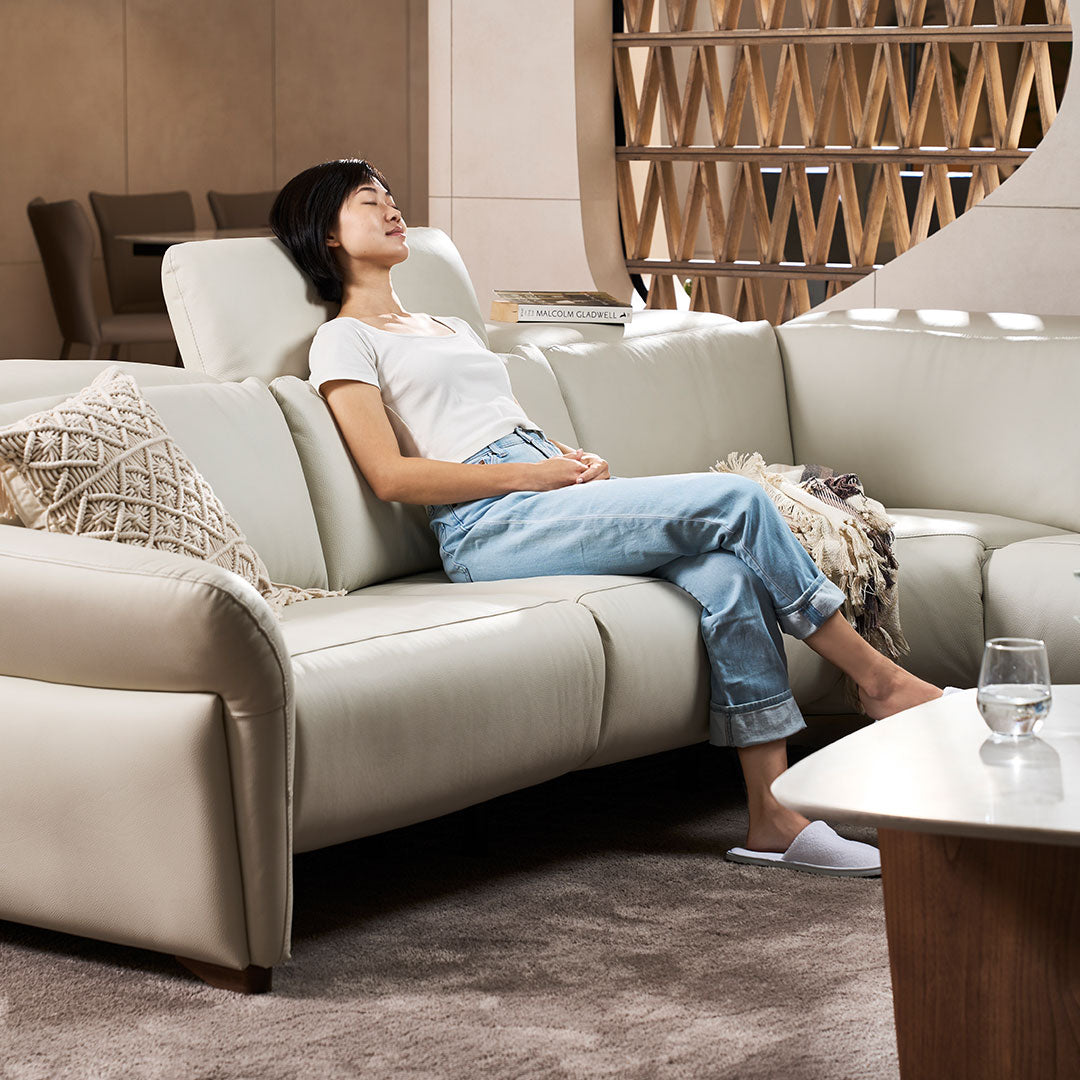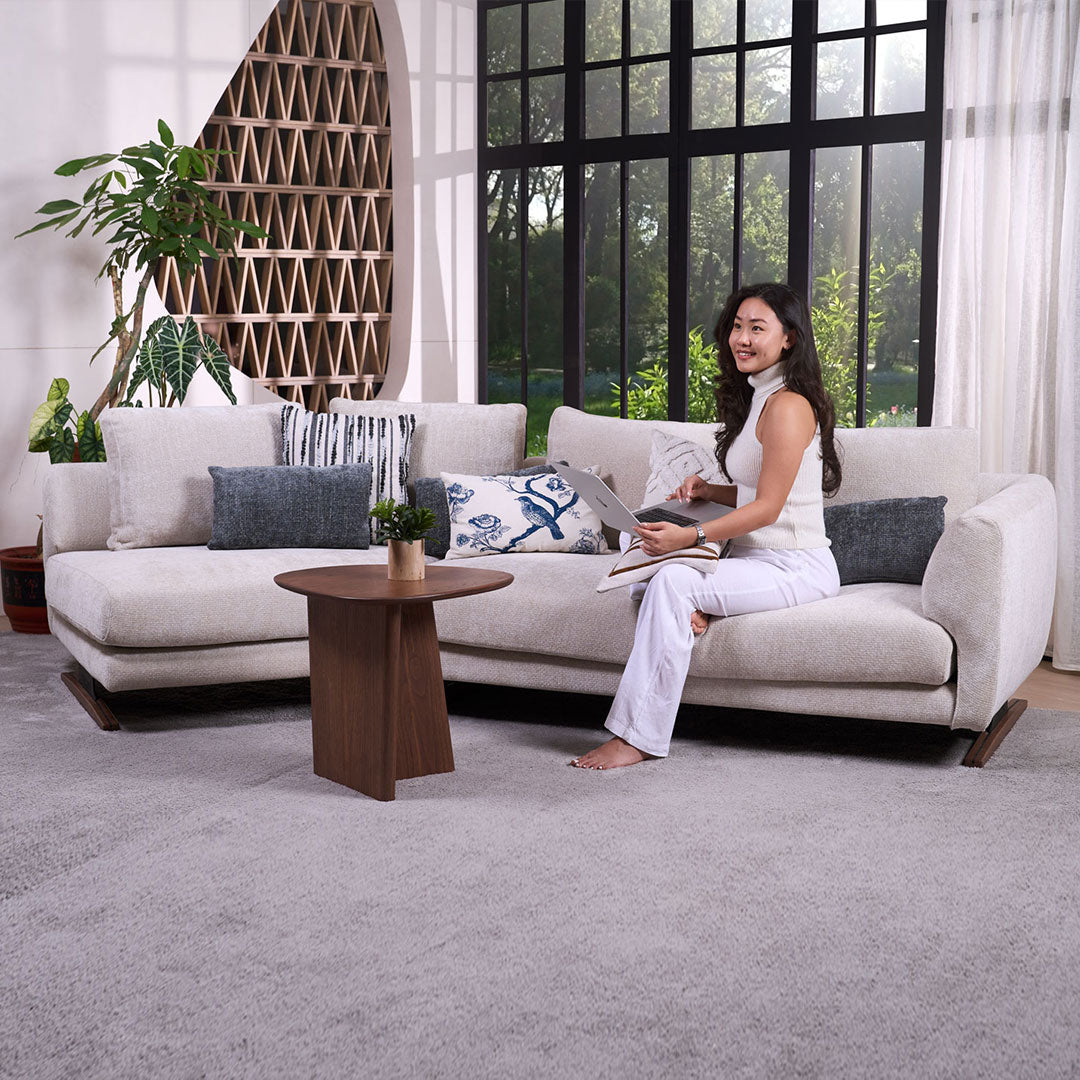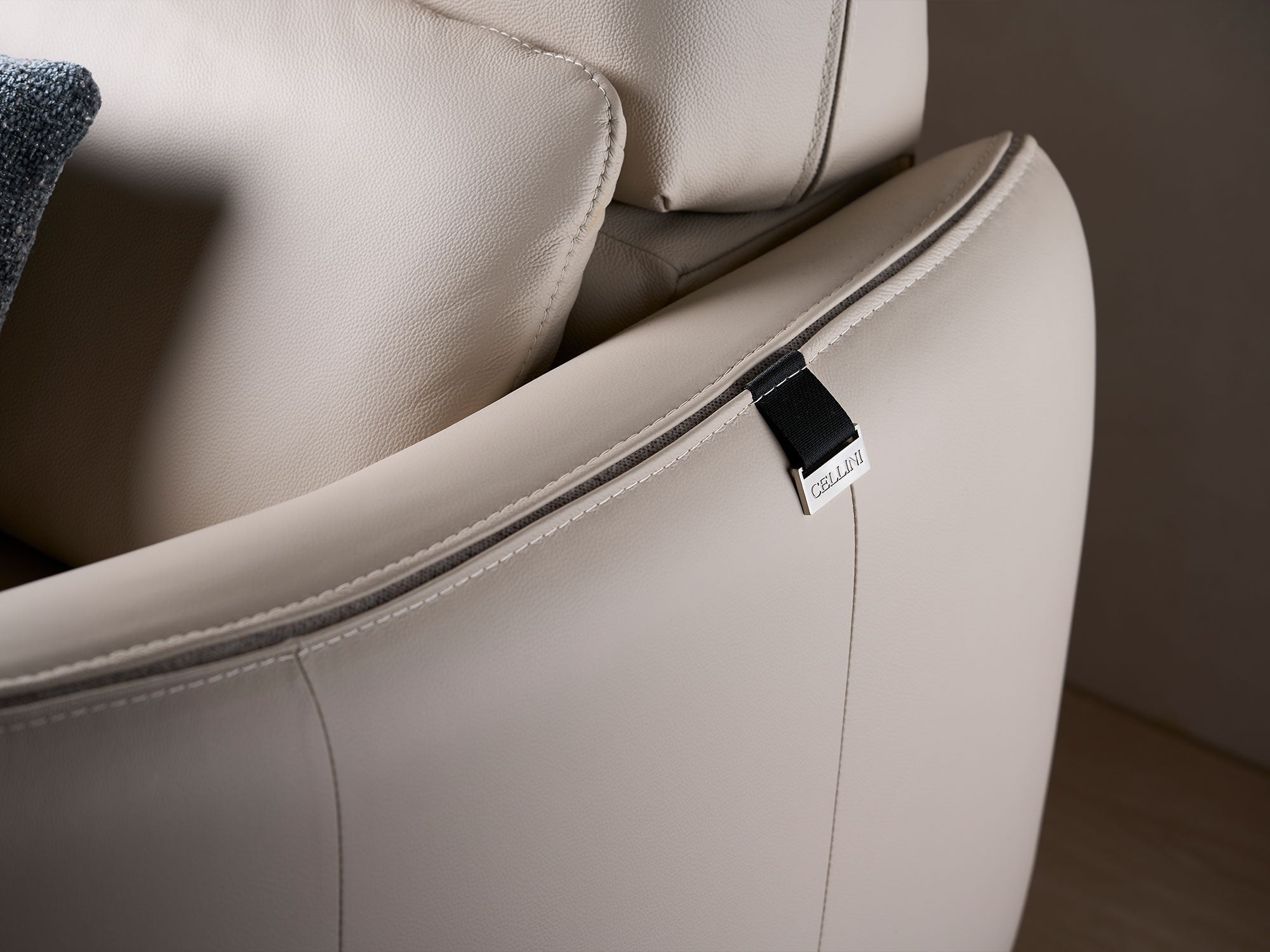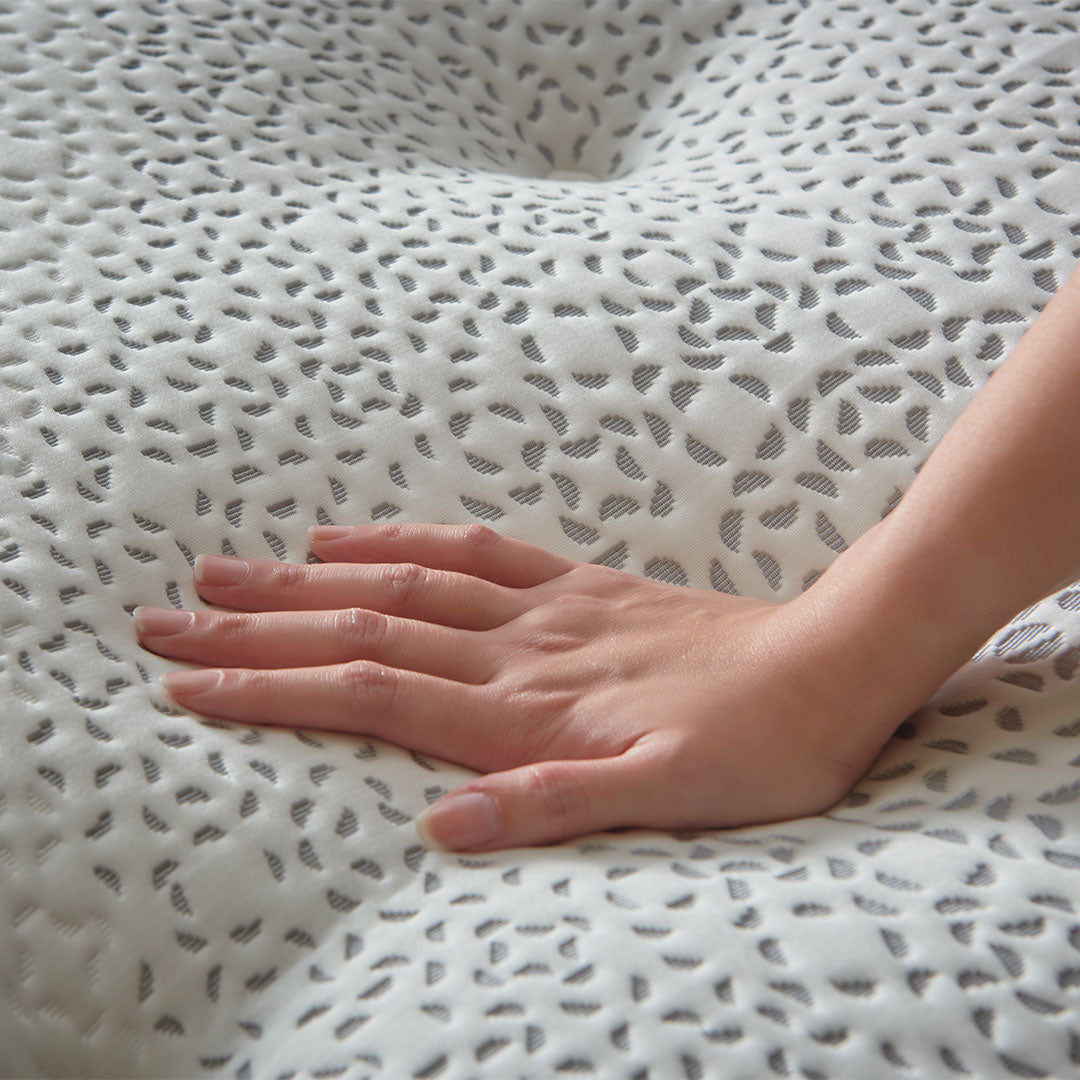
Key Takeaways:
- What Is Latex Density and How Does It Affect Latex Mattress Durability?
- In simple terms, density refers to how much material is packed into a given volume of latex. It’s measured in kilograms per cubic metre (kg/m³).
- A higher density means the latex core is more compact, resulting in a firmer and more robust structure. This means it can better withstand daily use and maintain its shape and support for longer.
- On the other hand, low-density latex, while softer at first, is more likely to wear out quickly. It may lose both comfort and structural integrity within a few years.
- In simple terms, density refers to how much material is packed into a given volume of latex. It’s measured in kilograms per cubic metre (kg/m³).
Introduction
It is safe to say that durability is often a top concern for homeowners when it comes to buying a new latex mattress. After all, a mattress is a daily investment in your comfort, spinal support, and sleep quality. While several factors influence latex mattress durability, one of the most overlooked elements is density.
But what exactly is latex density? Let this article explain how it affects a mattress’ resistance to wear and tear, especially in Singapore’s warm and humid conditions.
What Is Latex Density, and Why Should You Care?
In simple terms, density refers to how much material is packed into a given volume of latex. It’s measured in kilograms per cubic metre (kg/m³). A higher density means the latex core is more compact, resulting in a firmer and more robust structure. For homeowners exploring full latex mattress options, understanding density can help you choose a product that aligns with both comfort and long-term performance.
How Density Affects Latex Mattress Durability
Some latex mattresses may feel luxuriously soft at first but lose their form in just a few years. Others, though slightly firmer, tend to retain their shape and last longer. The key difference lies in the latex density.
Here’s how latex density influences a mattress’s lifespan:
- High-density latex (typically 85–95 kg/m³ for support cores) offers excellent durability and is less prone to body impressions.
- Lower-density latex may offer a plush feel but tends to break down faster, especially with daily use.
- For the comfort layer, medium to high density (65–85 kg/m³) strikes the right balance between comfort and resilience.
Natural vs Synthetic Latex: Does It Change the Equation?
Another factor that affects latex mattress durability is the type of latex used. In general, latex mattresses are made from either natural latex, synthetic latex, or a blend of both. Particularly, natural latex is derived from rubber tree sap and tends to have a naturally higher density. It’s also more durable, breathable, and eco-friendly.
On the other hand, synthetic latex is made from petrochemicals. It creates a foam that may feel similar initially, but the chemical structure is less robust. Over time, synthetic latex tends to break down faster, losing its elasticity and ability to retain firmness. To ensure a smart and sustainable investment, consider a full latex mattress in Singapore, especially those made with 100% natural latex.

Comfort vs. Durability: How to Find the Right Balance?
Some buyers are drawn to the soft, sink-in feeling of a low-density latex mattress. While initially comfortable, these mattresses may not offer the support and sag resistance needed for long-term use. If you’re looking for a better approach, choose a mattress with a layered construction.
Opt for one that combines a softer, medium-to-high-density comfort layer on top with a firmer, high-density core underneath. This layered design gives you the best of both worlds. You can enjoy cushioned comfort as you settle in, complemented by strong support that holds up over time.
How to Make the Right Choice?
While many factors contribute to a mattress’s lifespan, latex mattress durability hinges strongly on density. A high-density latex mattress offers superior support and sag resistance, making it ideal for daily use in Singaporean homes.
However, don’t be swayed by marketing buzzwords alone. Ask about latex density and material composition. A quality full latex mattress should have:
- A comfort layer with 65–85 kg/m³ density
- A support core with 85–95 kg/m³ density
- Preferably natural latex for better durability and breathability
Looking to experience the difference for yourself? Visit a trusted furniture shop in Singapore to invest in the right product. At Cellini, our range of full latex mattresses is crafted with care and engineered for durability.
Contact us and browse our collection today.







